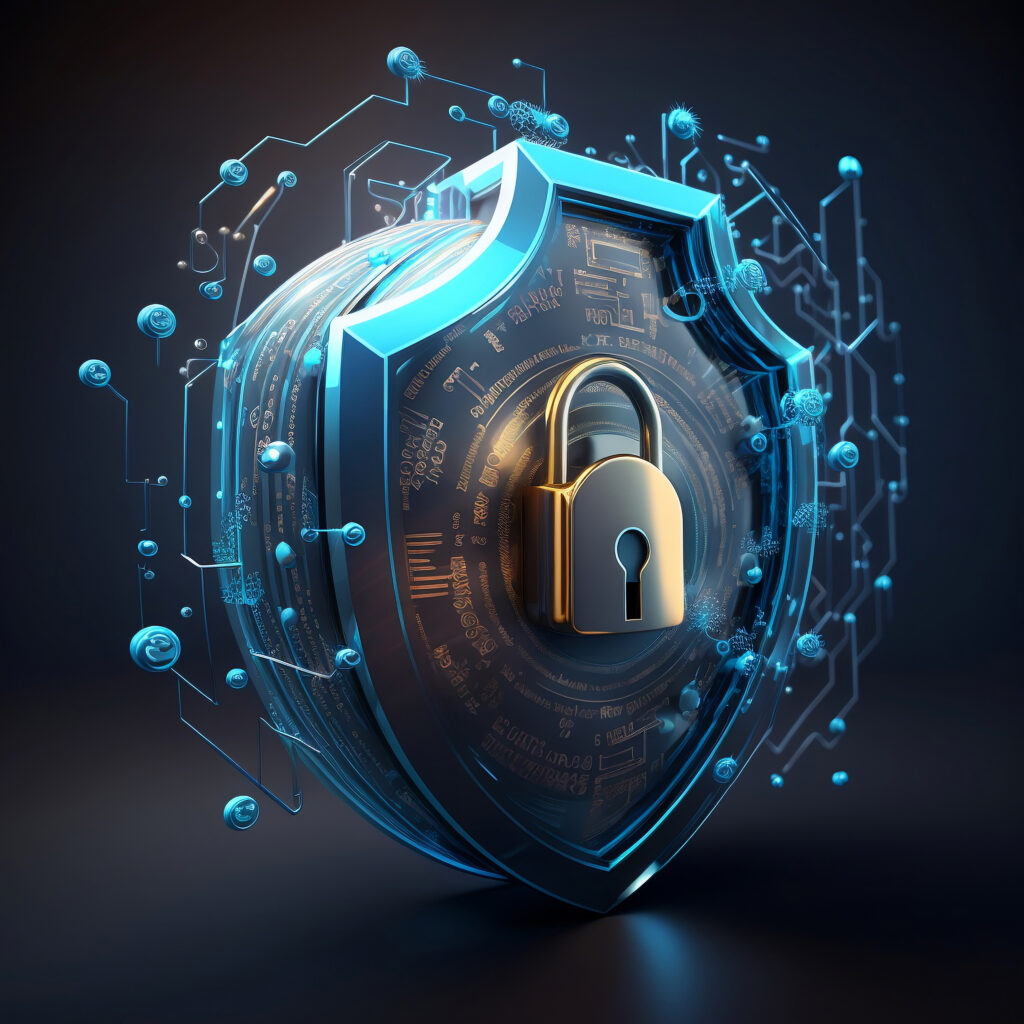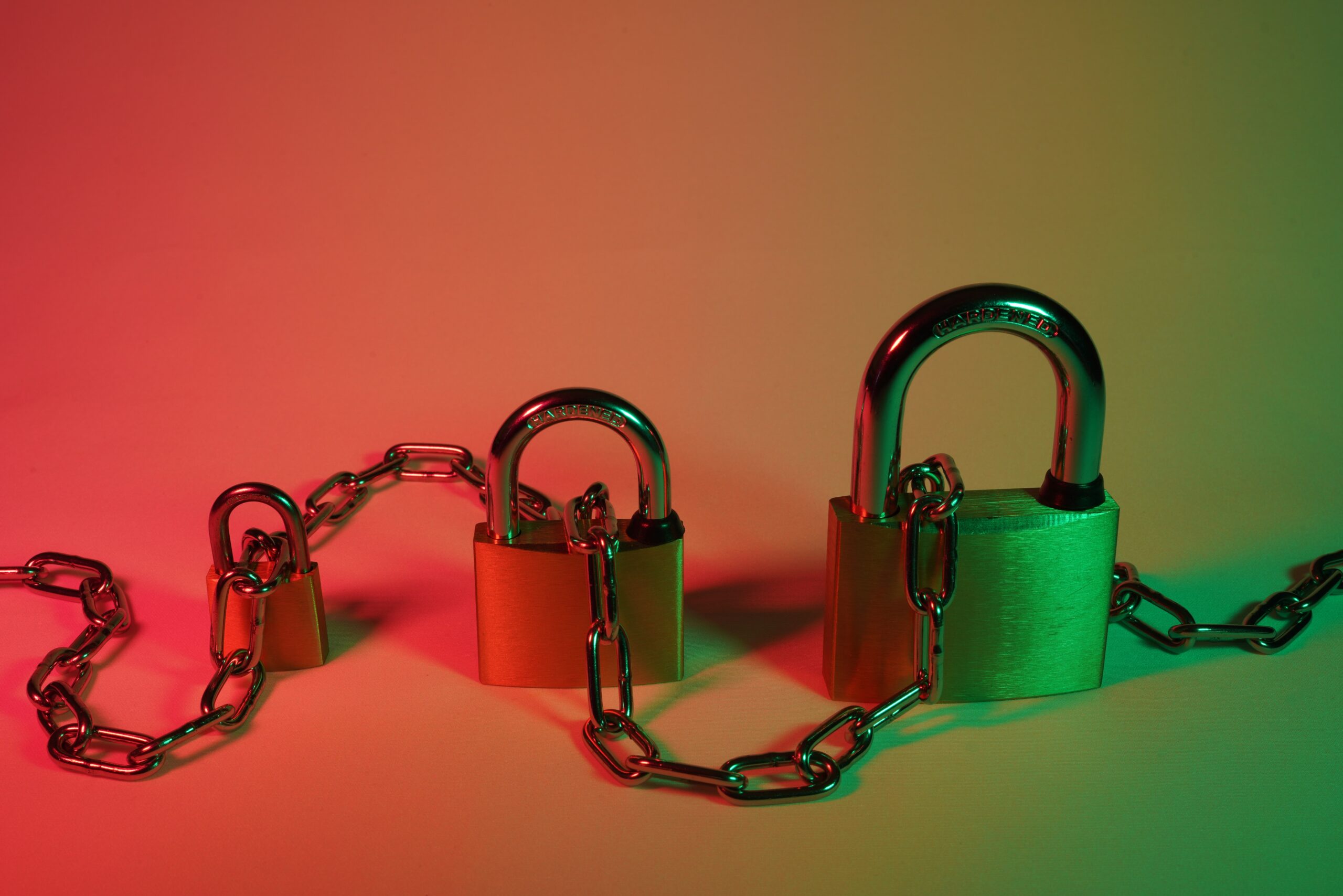Introduction:
In today’s digital world, ensuring your online privacy and security has become crucial. With the increasing prevalence of cyber threats and data breaches, it’s essential to take proactive measures to safeguard your personal information. In this blog post, we will provide you with a comprehensive guide on how to protect your online privacy and security effectively.

WHAT IS PRIVACY AND SECURITY
In the digital world, security often involving protection of your personal information against hackers or cyber criminals. Privacy involves your right to manage your personal information. Both are equally important aspects of ensure cyber safety.
1. Create Strong, Unique Passwords:
Strong passwords are essential because they act as the first line of defense against unauthorized access to your accounts. Weak passwords can be easily guessed or cracked by cybercriminals using automated tools. A strong password is complex, unique, and difficult to guess, making it significantly harder for attackers to gain unauthorized access to your accounts.
Tips for creating a strong password:
1. Make your passwords at least 12 characters long.
2. Use a combination of uppercase and lowercase letters, numbers, and symbols.
3. Avoid using information like your name, birthdate, or common words that can be easily guessed.
4. Use a different password for each account you create
5. Consider using multiple words or a phrase to create a secure password.
6. Don’t use sequential numbers or keyboard patterns (e.g., “123456” or “qwerty”).
Benefits of using a password manager:
one might be wondering if I use different passwords for ever account created how do I remember each password? Having a password manager help to solve this question. With a password manager, there is enhanced security because you are able to generate unique passwords for each of your accounts, reducing the risk of password-related breaches. its very convenient because you only need to remember one master password to access all your accounts securely. Password managers can automatically fill in your login credentials, saving time and reducing the risk of typos. it can also store your passwords in an encrypted format, ensuring they are protected from unauthorized access. Many password managers offer synchronization features, allowing you to access your passwords on multiple devices.
2. Implement Two-Factor Authentication (2FA):
Two-Factor Authentication (2FA) is a security feature that adds an extra layer of protection to your accounts by requiring two separate forms of identification before granting access. This typically involves something you know (like a password) and something you have (like a smartphone or security key).When enabled, after entering your password, you’ll be prompted to provide another form of verification, such as a unique verification code sent to your phone or generated by an authentication app. This ensures that even if someone obtains or guesses your password, they would still need access to your second factor (usually your smartphone) to gain entry.
3. Keep Your Software Updated:
Software updates and patches are vital for maintaining the security of your devices and protecting against known vulnerabilities. They are significant because. They identify security vulnerabilities and fix them and also prevent cybercriminals from exploiting them. Updates address known bugs and glitches, improving the functionality and stability of the software. Updates often include new features and enhanced functionality, improving your overall user experience.
The risks of using outdated software cannot be overemphasized and it include:
1.Outdated software is more susceptible to exploitation by cybercriminals, as they can take advantage of known security flaws.
2.Outdated software may have compatibility problems with newer devices and software, leading to reduced performance or incompatibility.
3. As software becomes outdated, developers may stop providing updates and support, leaving you with software that is no longer secure or functional.
To mitigate these risks, it’s crucial to regularly check for and install software updates and patches provided by the software developers
4. Be Cautious of Phishing Attempts:
Phishing is a type of cyber attack where attackers attempt to deceive individuals into sharing sensitive information, such as usernames, passwords, credit card numbers, or social security numbers. This is typically done through fraudulent emails, websites, or messages that appear to be legitimate.
Common forms of phishing include:
1. Email Phishing: Attackers send emails, impersonating legitimate organizations, to trick recipients into sharing personal information or clicking on malicious links.
2. Spear Phishing: Targeted phishing attacks where attackers gather information about a specific individual or organization to make their emails or messages more convincing.
3. Smishing: Phishing attacks conducted through SMS or text messages, usually containing a link or asking for personal information.
4. Vishing: Phishing attacks conducted via phone calls, where attackers use social engineering techniques to obtain personal information.
How to recognize and avoid phishing
Phishing emails often create a sense of urgency, requesting immediate action or threatening consequences. Always Pay attention to the email sender’s address, as phishers may use deceptive or misleading domains. Hover over links to check the URL before clicking. Watch for misspellings, random characters, or suspicious domains. Always look for secure connections (HTTPS) and ensure the website’s URL matches the legitimate website you are expecting. Beware of requests for sensitive information as legitimate organizations typically do not ask for sensitive information over email or messages. Lastly, If you receive an email or message that seems suspicious, always double-check by contacting the sender directly using a known and verified method.
Tips for verifying the legitimacy of a website or email:
1. Verify the website’s SSL certificate by Looking for a lock icon in the address bar, indicating a secure connection.
2. Legitimate organizations provide contact details on their official websites.
3. Research the organization or website to see if it has an established and trustworthy online presence.
4. When in doubt, use email validation tools to analyze the email headers and determine if it is from a legitimate sender
5. Regularly Back up Your Data:
Data backup is crucial for both privacy and security reasons. It helps protect your information from accidental loss, hardware failures, malware attacks, or ransomware. It is important to backup your data for privacy and security because its ensures that even if your device is lost, stolen, or damaged, you still have access to your important data, If you fall victim to a ransomware attack, having a backup will enable you to restore your data without paying the ransom. Sometimes, Hard drive crashes or device malfunctions can result in permanent data loss, regular backups safeguard against such incidents.
Various backup methods:
1. Utilize cloud storage services like Google Drive, Dropbox, or Microsoft OneDrive to store and sync your files securely.
2. Backup your data onto external hard drives or solid-state drives (SSDs) that can be disconnected from your device when not in use.
3. Network Attached Storage (NAS) devices offer centralized storage and automated backups for multiple devices on your local network.
4. Third-party backup solutions like Backblaze or Carbonite provide secure and automated backups to remote servers.
Tips for backup schedule for privacy and security
1. Establish a backup schedule that suits your needs and enables automatic backups to ensure you don’t miss any critical data.
2. Maintain multiple backups in different locations or using different methods, increasing the chances of data recovery in case of any unforeseen circumstances.
3. Periodically test your backups to ensure the data is successfully recoverable and that the backup system is functioning correctly.
4. Prioritize security by encrypting your backups, especially if they contain sensitive or personal information.
6 Be Mindful of Social Media Privacy and Security Settings:
In today’s digital age, social media has become an integral part of our lives. It connects us with friends, family, and people from all over the world. However, in the rush to share our lives online, it is important to be mindful of our social media privacy settings and it is
Privacy settings on social media platforms allow us to control who can see our posts, photos, personal information, and more. They give us the power to safeguard our online presence and protect our data from falling into the wrong hands. Here are a few reasons why being mindful of social media privacy settings is crucial:
Risks of oversharing personal information online:
1. Sharing personal details like full name, birthdate, address, or contact information may make you vulnerable to identity theft.
2. Oversharing details about your personal life, relationships, or location might compromise your privacy
3. Attackers can use personal information shared online to manipulate or deceive individuals into disclosing sensitive information.
Steps to protect your online presence:
1. Limit personal information: Be cautious about the information you share online and avoid providing unnecessary personal details.
2. Adjust privacy settings: Regularly review and update your privacy settings on social media platforms to control who can
Conclusion:
By implementing the tips and strategies outlined above, you can significantly enhance your online privacy and security. Protecting your personal information from cyber threats and data breaches is a shared responsibility. Stay informed, be vigilant, and make protecting your online privacy a top priority.
You can follow Hostlingo website on
Hostlingo



